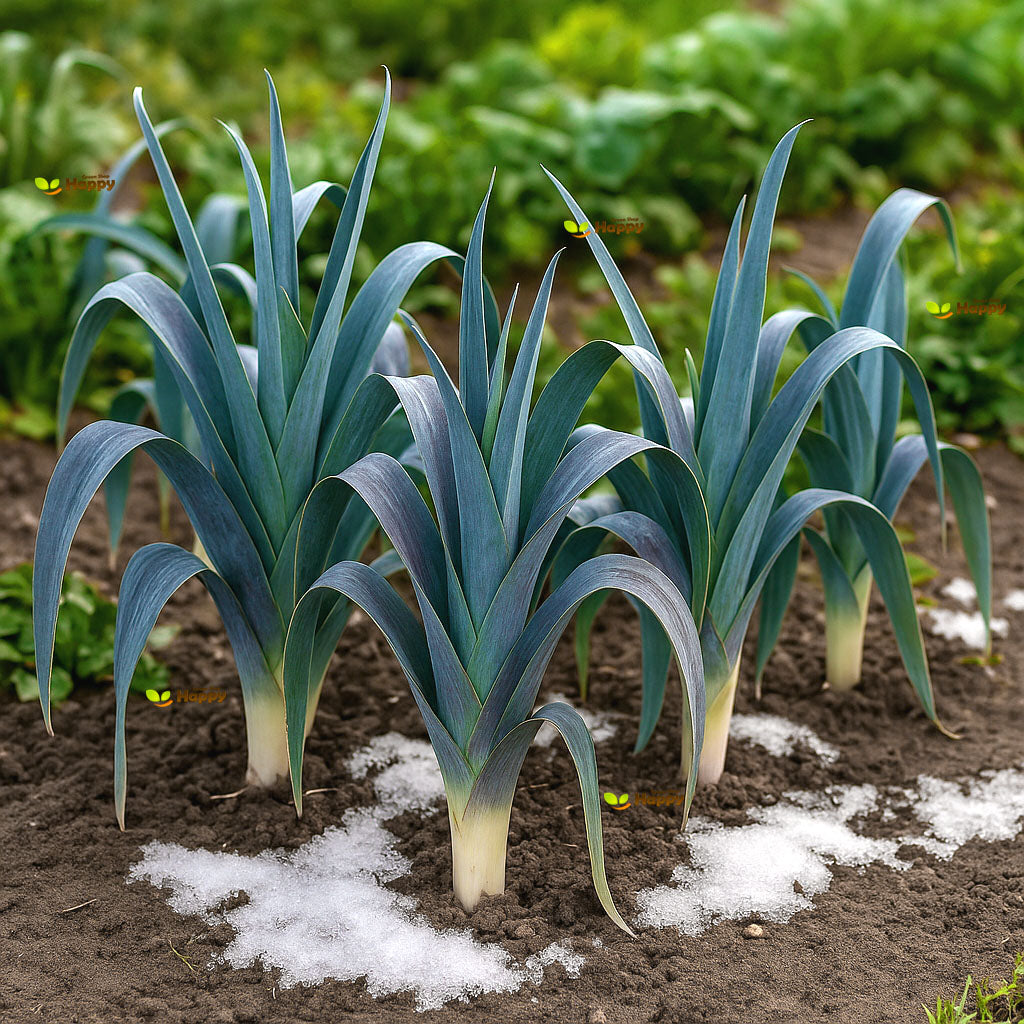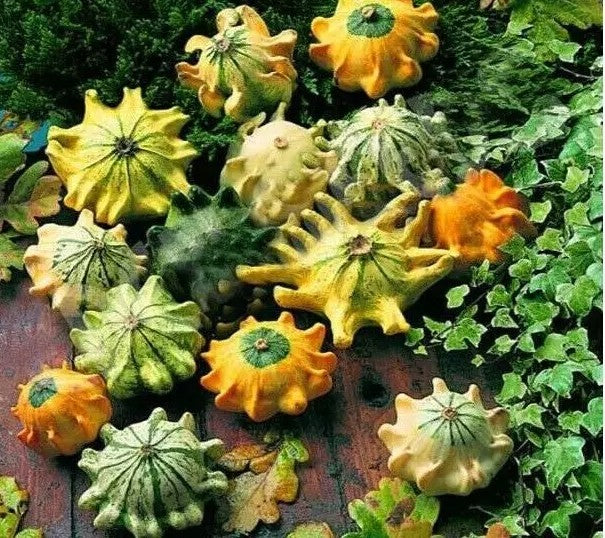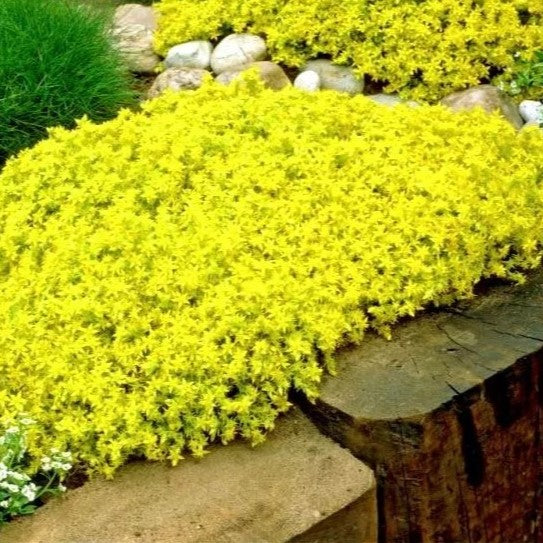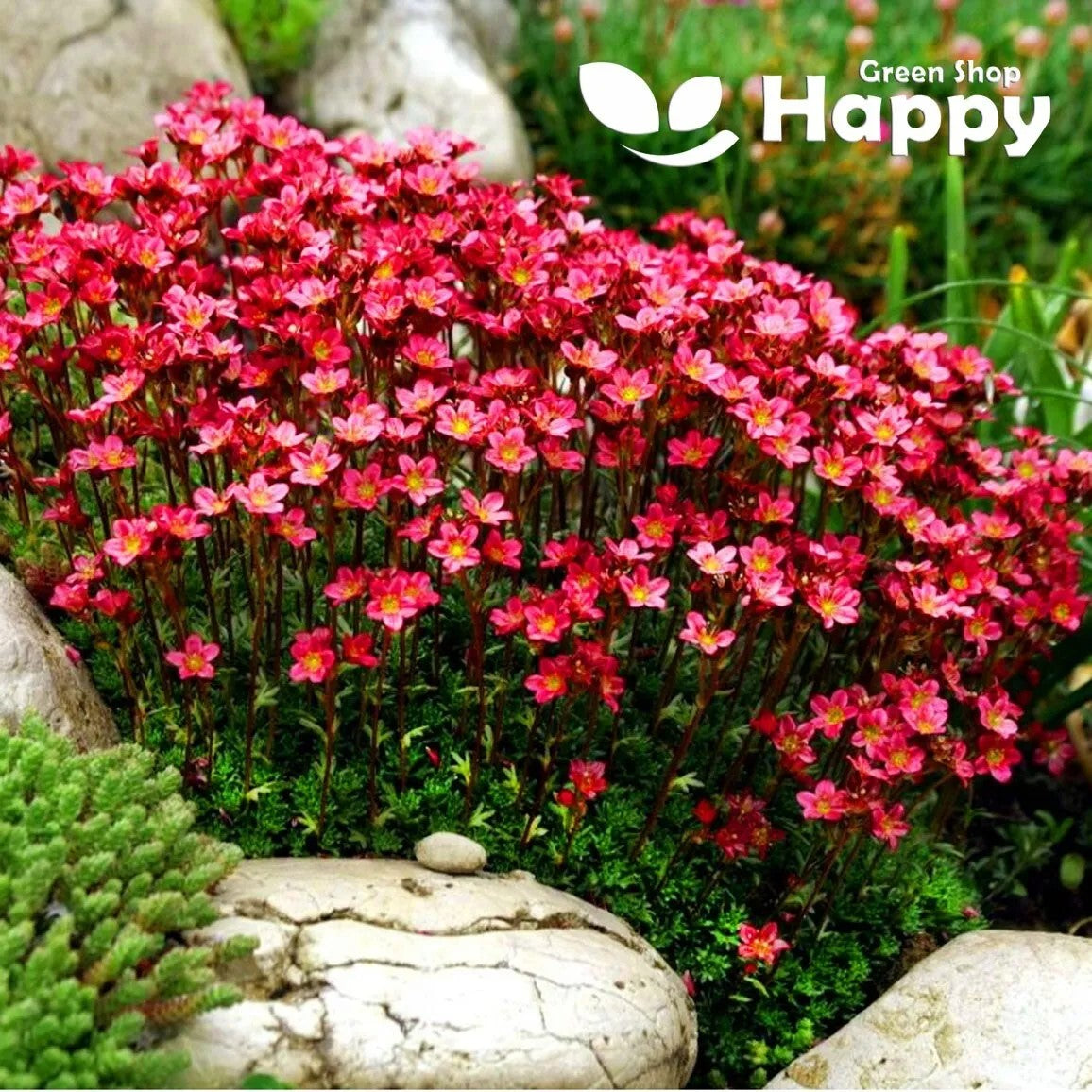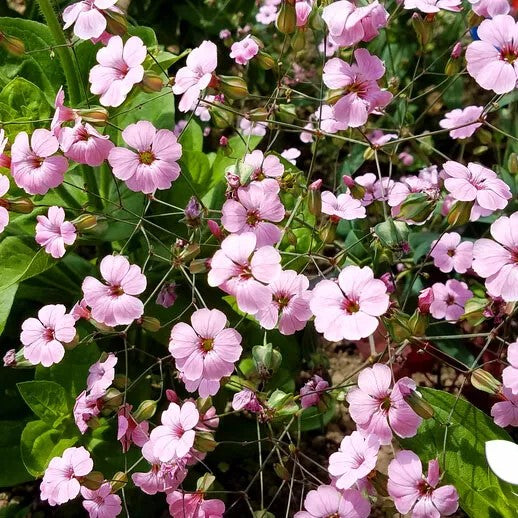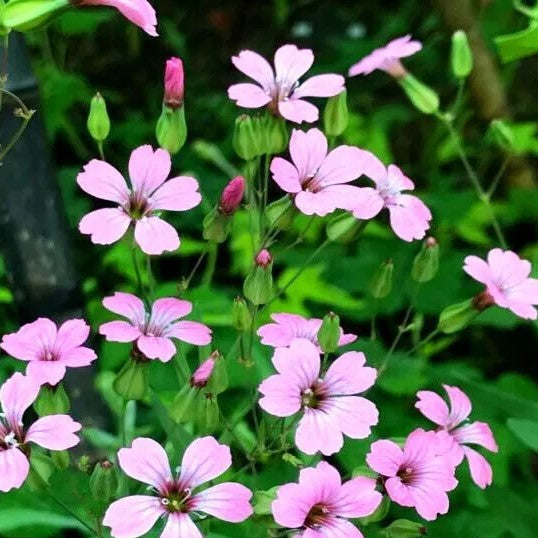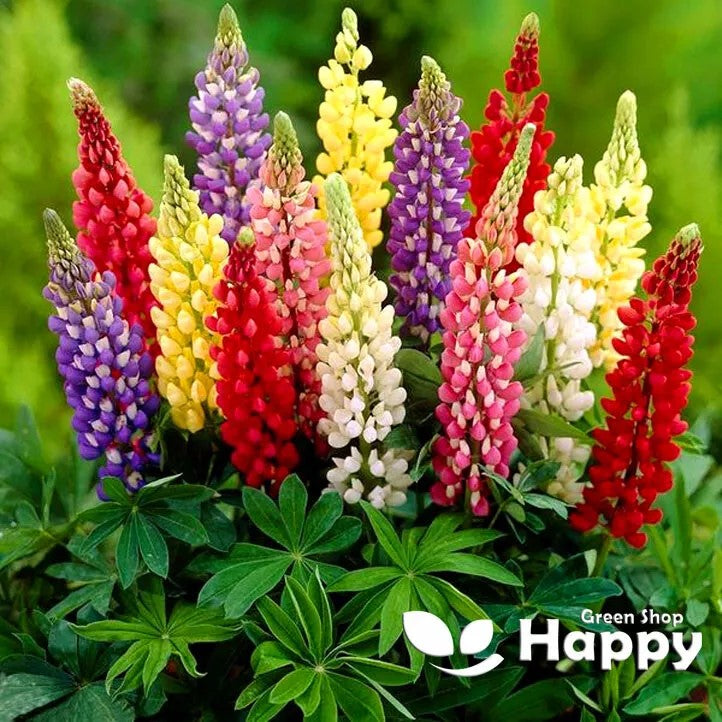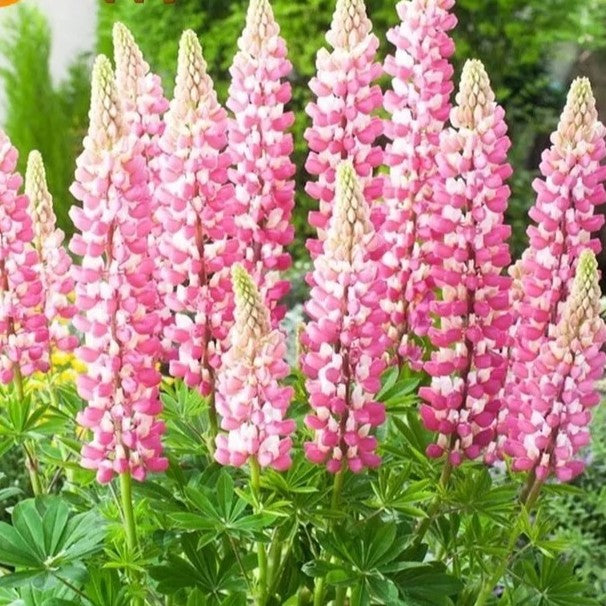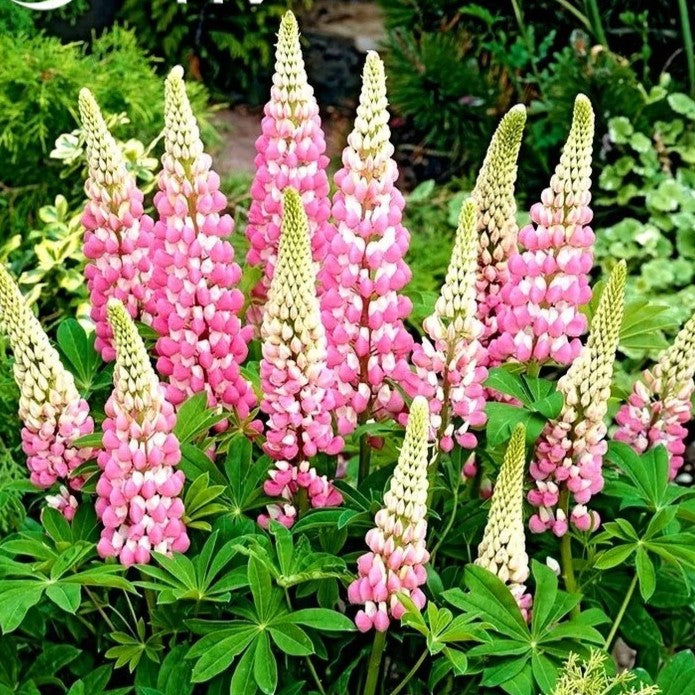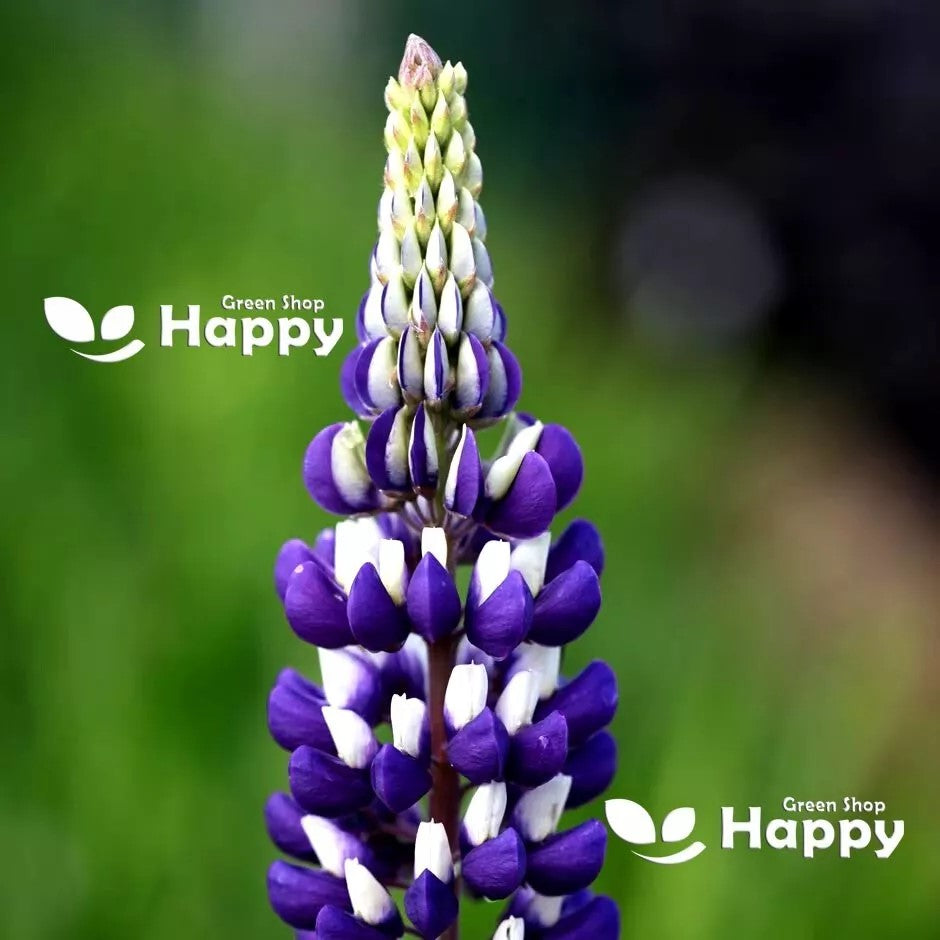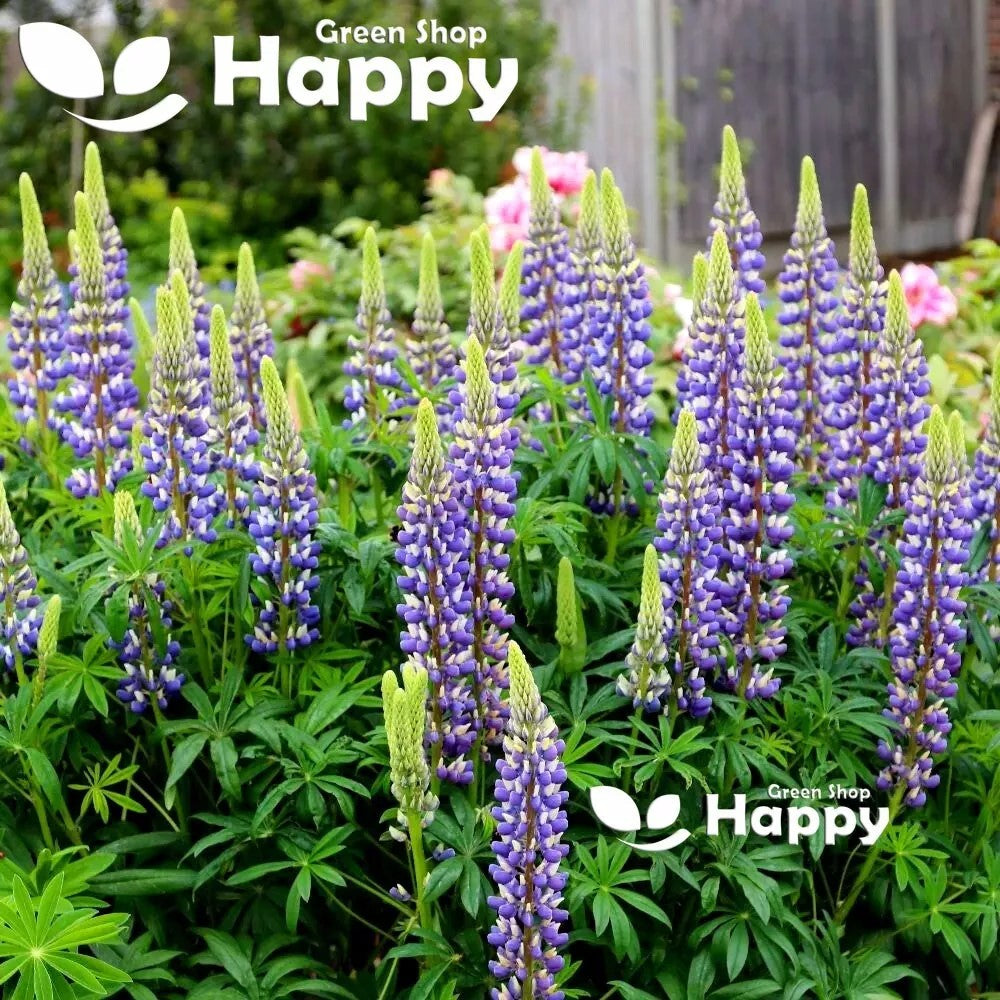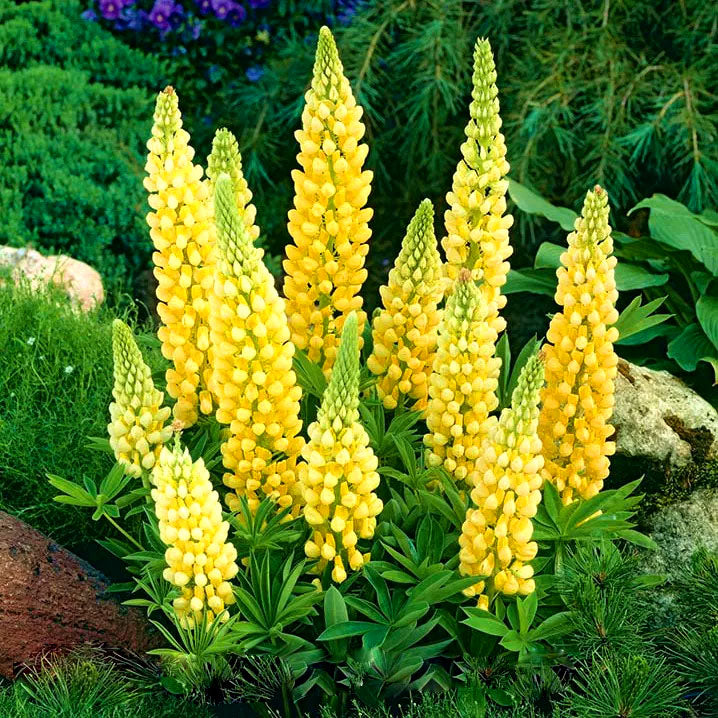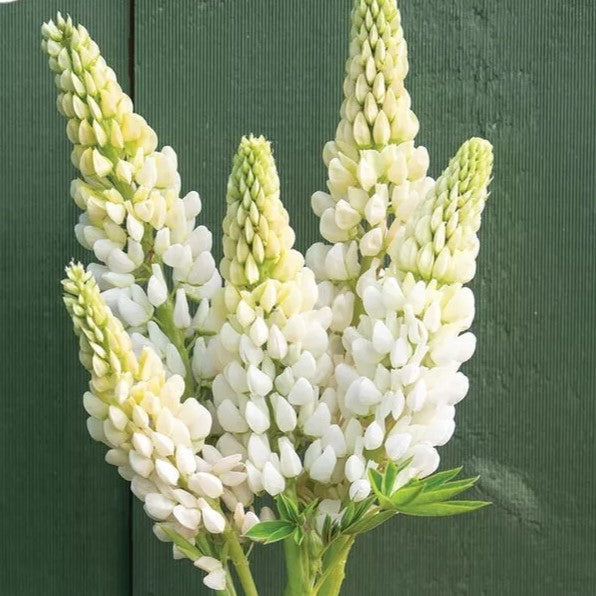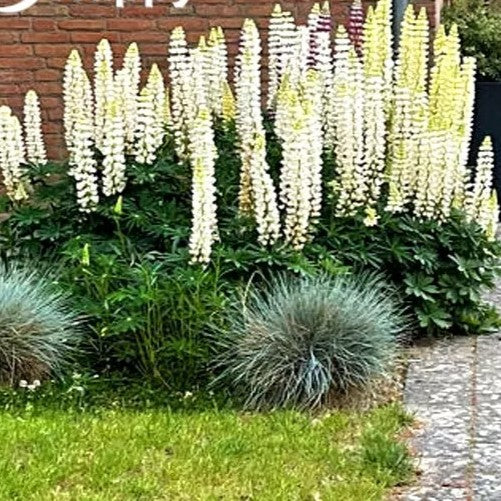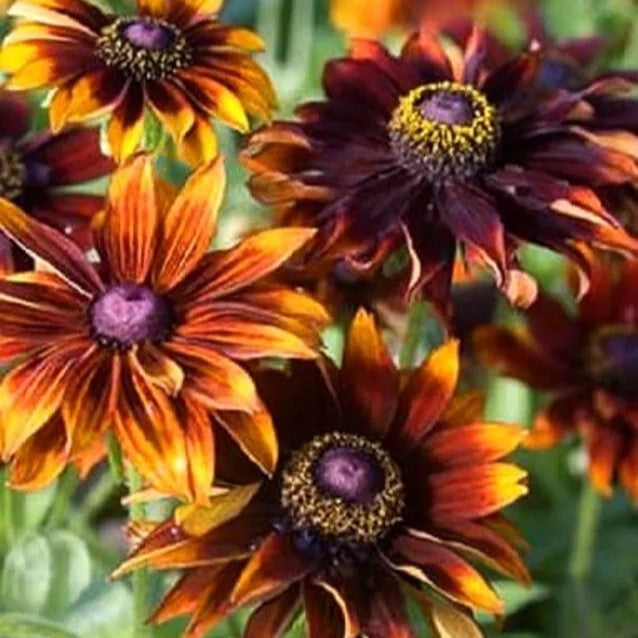Sort by:
224 products
224 products
Saxifraga ‘Purple Robe’ Seeds (Saxifraga arendsii)
Add a splash of rich color to rock gardens, borders, and alpine plantings with Saxifraga ‘Purple Robe’. This hardy perennial forms low-growing mats of rosettes topped with clusters of vibrant purple flowers, creating a stunning carpet in spring and early summer. Perfect for rockeries, troughs, or edging pathways.
Why Grow ‘Purple Robe’
-
Stunning deep purple flowers in spring
-
Low-growing, mat-forming perennial
-
Ideal for rock gardens, alpine plantings, and borders
Key Features
-
Botanical name: Saxifraga arendsii
-
Type: Perennial
-
Height: 10–15 cm
-
Spread: 20–30 cm
-
Flowering: April–June
-
Position: Full sun to partial shade
-
Soil: Well-drained, gritty or sandy soil
Sowing & Growing
-
Sow indoors: February–April in trays with light cover
-
Germination: 14–28 days at 15–18°C
-
Transplant seedlings outdoors after frost, spacing 15–20 cm apart
-
Trim spent flowers to encourage fresh blooms
Russell Lupine ‘The Pages’ Red – Seeds (Lupinus polyphyllus)
Russell Lupine ‘The Pages’ Red is a striking perennial admired for its tall, upright flower spikes filled with vibrant red blooms. Flowering in early to mid-summer, it creates a dramatic vertical display in borders, cottage gardens, and mixed beds. Hardy and long-lasting, this lupine attracts bees and butterflies, adding both color and wildlife interest to your garden.
Why Grow "The Pages Red"
-
Tall spikes of vivid red flowers
-
Hardy perennial with long-lasting blooms
-
Attracts bees, butterflies, and other pollinators
-
Adds vertical drama and structure to borders
Key Features
-
Type: Perennial (Lupinus polyphyllus)
-
Height: 90–120 cm
-
Flowering: Early to mid-summer
-
Position: Full sun to partial shade
-
Uses: Borders, cottage gardens, pollinator gardens, cut flowers
Ideal For
-
Creating vertical interest and height in borders
-
Cottage and mixed garden designs
-
Pollinator-friendly planting schemes
-
Cutting for floral arrangements
Sowing & Growing
-
Sow indoors: 6–8 weeks before last frost
-
Sow outdoors: Late spring or autumn
-
Germination: 14–30 days (scarify seeds for best results)
-
Space seedlings: 30–45 cm apart
-
Prefers moist, well-drained soil and full sun
Saponaria ‘Soapwort Pink Beauty’ Seeds (Saponaria vaccaria)
Saponaria ‘Soapwort Pink Beauty’ is a charming perennial known for its delicate, soft pink blooms and aromatic foliage. Blooming from late spring through summer, it adds a graceful touch to borders, rock gardens, and cottage-style plantings. Hardy, low-maintenance, and drought-tolerant, it attracts pollinators and brings long-lasting beauty to any garden.
What Makes It Special
-
Soft pink, delicate blooms over aromatic foliage
-
Long flowering period from late spring to summer
-
Hardy, drought-tolerant, and pollinator-friendly
Key Features
-
Botanical name: Saponaria vaccaria
-
Hardy perennial
-
Height: 30–40 cm
-
Bloom time: Late spring to summer
Ideal For
-
Borders, rock gardens, and cottage gardens
-
Pollinator-friendly plantings
-
Containers and sunny beds
Sowing
-
Sow indoors Feb–Apr or outdoors Apr–Jun
-
Cover seeds lightly with soil
-
Germination: 10–21 days at 18–22°C
-
Space seedlings 25–30 cm apart
-
Flowers from the second year onward
Russell Lupine ‘Minarette Dwarf’ Mix – Seeds (Lupinus polyphyllus)
Russell Lupine ‘Minarette Dwarf’ Mix (Lupinus polyphyllus) is a charming, compact perennial producing dense, colorful spikes of pea-like flowers in a mix of vibrant shades. Blooming from late spring to early summer, this dwarf variety adds vertical interest and long-lasting color to borders, rock gardens, and cottage-style beds. Hardy, low-maintenance, and pollinator-friendly, it attracts bees and butterflies while brightening any garden space with its bold blooms.
Why Grow "Minarette Dwarf"
-
Dense, colorful flower spikes in vibrant shades
-
Long flowering season from late spring to early summer
-
Compact, hardy, and low-maintenance perennial
-
Pollinator-friendly and perfect for mixed borders
Key Features
-
Type: Perennial (Lupinus polyphyllus)
-
Height: 30–50 cm
-
Flowering: Late spring to early summer
-
Position: Full sun
-
Uses: Borders, rock gardens, cottage gardens, pollinator-friendly planting
Ideal For
-
Compact garden beds and dwarf border displays
-
Cottage and mixed perennial gardens
-
Pollinator-friendly garden schemes
-
Adding bold color to small spaces
Sowing & Growing
-
Sow indoors: February–April in trays or pots
-
Sow outdoors: April–May after frost
-
Germination: 14–21 days at 18–22°C
-
Thin seedlings 25–30 cm apart
-
Prefers well-drained soil in full sun
-
Mulch in winter for protection in colder regions
Russell Lupin ‘Chatelaine Pink’ Seeds (Lupinus polyphyllus)
Add romantic charm to your garden with Russell Lupin ‘Chatelaine Pink’ (Lupinus polyphyllus). This hardy perennial produces tall spires of soft pink flowers that rise above lush green foliage, creating a dramatic vertical display. Ideal for borders, cottage gardens, and cut flower arrangements, it blooms from early to mid-summer and attracts pollinators to your garden.
How to Grow
-
Sow indoors in spring or autumn, or directly outdoors after the last frost.
-
Soak seeds in warm water overnight before sowing to improve germination.
-
Use well-drained soil in full sun or partial shade.
-
Cover seeds lightly with soil and keep moist until germination (14–28 days).
-
Transplant seedlings when large enough to handle, spacing 40–50 cm apart.
-
Deadhead spent blooms to encourage a second flowering.
Key Features
-
Tall spires of soft pink blooms for striking vertical accents
-
Hardy perennial, returning year after year
-
Excellent for borders, cottage gardens, and cut flowers
-
Attracts bees, butterflies, and other pollinators
-
Long-flowering, from early to mid-summer
Ideal For
-
Cottage gardens and mixed flower borders
-
Pollinator-friendly landscapes
-
Adding height and structure to garden plantings
-
Fresh cut flower arrangements
Sowing
-
Best time: Spring or autumn
-
Germination: 14–28 days
-
Pre-soak seeds overnight before sowing
-
Prefers sunny, well-drained soil
Quick Tip
-
Avoid disturbing established plants—lupins prefer to remain in place for best performance.
RUSSELL LUPIN ‘THE GOVERNOR’ SEEDS (Lupinus polyphyllus)
Russell Lupin ‘The Governor’ is a spectacular perennial, admired for its tall, upright flower spikes packed with deep blue and crisp white blooms. Flowering in early to mid-summer, it creates a stunning vertical display in borders, cottage gardens, and mixed beds. A pollinator-friendly favorite, this hardy perennial is both striking and easy to grow.
Why Grow "The Governor"
-
Tall flower spikes with striking blue and white blooms
-
Hardy perennial, easy to grow and long-lasting
-
Attracts bees, butterflies, and other pollinators
-
Ideal for cottage gardens and mixed borders
Key Features
-
Type: Perennial (Lupinus polyphyllus)
-
Height: 90–120 cm
-
Flowering: Early to mid-summer
-
Position: Full sun to partial shade
-
Uses: Borders, cottage gardens, pollinator gardens, cut flowers
Ideal For
-
Adding height and drama to garden borders
-
Cottage and informal garden designs
-
Pollinator-friendly planting schemes
-
Cut flowers for arrangements
Sowing & Growing
-
Sow indoors: 6–8 weeks before the last frost
-
Sow outdoors: Late spring or autumn
-
Germination: 14–30 days (scarify seeds for best results)
-
Space seedlings: 30–45 cm apart
-
Prefers moist, well-drained soil in sun or partial shade
Russell Lupin ‘Chandelier’ Seeds (Lupinus polyphyllus)
Bring vertical elegance and vibrant color to your garden with Russell Lupin ‘Chandelier’ (Lupinus polyphyllus). This perennial produces tall, spire-like flower spikes in mixed shades of pink, purple, and white, adding a striking focal point to borders, cottage gardens, and cutting gardens. Hardy, long-flowering, and easy to grow, it attracts pollinators for a lively and colorful display.
How to Grow
-
Sow seeds indoors 6–8 weeks before the last frost or outdoors after frost risk has passed.
-
Use well-drained soil in full sun.
-
Soak seeds overnight to improve germination and lightly scratch the seed coat.
-
Sow seeds 1–2 cm deep and keep soil moist.
-
Thin seedlings to 30–40 cm apart to allow healthy growth.
-
Provide support for taller flower spikes if necessary and deadhead spent flowers to encourage continuous blooming.
Key Features
-
Tall, spire-like flower spikes in pink, purple, and white shades
-
Hardy perennial, long-flowering and easy to grow
-
Ideal for borders, cottage gardens, and cutting gardens
-
Attracts bees, butterflies, and other pollinators
-
Adds vertical structure and vibrant focal points to garden beds
Ideal For
-
Flower borders and cottage gardens
-
Cutting gardens for fresh bouquets
-
Pollinator-friendly garden designs
-
Adding height and structure to perennial beds
Sowing
-
Best time: 6–8 weeks before last frost indoors or after frost outdoors
-
Germination: 14–21 days
-
Sow 1–2 cm deep, soak seeds overnight for best results
-
Prefers full sun and well-drained soil
Quick Tip
-
Soaking and nicking seeds before sowing improves germination and ensures stronger seedlings.
Russell Lupin ‘Noble Maiden’ Seeds (Lupinus polyphyllus)
Add striking elegance to your garden with Russell Lupin ‘Noble Maiden’ (Lupinus polyphyllus). This hardy perennial produces tall spires of creamy white flowers rising above rich green foliage. Flowering in early to midsummer, it brings vertical drama to borders and is perfect for cottage gardens, pollinator planting, and cut flower displays.
How to Grow
-
Sow indoors in spring or autumn, or directly outdoors after frost.
-
Soak seeds in warm water overnight before sowing to improve germination.
-
Use well-drained soil in full sun or partial shade.
-
Cover seeds lightly with fine soil and keep moist until germination (14–28 days).
-
Transplant seedlings when large enough to handle, spacing 40–50 cm apart.
-
Deadhead faded blooms to encourage a second flush of flowers.
Key Features
-
Tall spires of pure creamy white blooms
-
Hardy perennial, returning year after year
-
Excellent for borders and cottage garden displays
-
Attractive to bees, butterflies, and other pollinators
-
Stunning cut flower for fresh arrangements
Ideal For
-
Cottage gardens and mixed flower borders
-
Pollinator-friendly landscapes
-
Adding vertical height and structure to plantings
-
Cut flower arrangements
Sowing
-
Best time: Spring or autumn
-
Germination: 14–28 days
-
Pre-soak seeds overnight before sowing
-
Prefers sunny, well-drained soil
Quick Tip
-
Avoid disturbing established plants—lupins prefer to stay in place and will thrive once settled.
Rudbeckia 'Autumn Pine' Seeds (Rudbeckia hirta)
Bring warm autumn tones to your garden with Rudbeckia 'Autumn Pine'. This hardy annual produces daisy-like blooms in rich golden-yellow shades with dark contrasting centers, perfect for creating a glowing late-summer display.
What Makes It Special
-
Cheerful golden-yellow blooms with striking centers
-
Long-lasting flowers from summer to first frost
-
Hardy and low-maintenance—ideal for beginners
Key Features
-
Botanical name: Rudbeckia hirta
-
Annual (sometimes short-lived perennial)
-
Height: 50–70 cm
-
Spread: 30–40 cm
-
Flowering: July–October
Ideal For
-
Cottage gardens and borders
-
Pollinator-friendly planting
-
Cut flowers and late-season color
Sowing
-
Sow indoors: February–April at 18–21°C
-
Lightly cover seeds; germination in 14–21 days
-
Transplant seedlings outdoors after frost in a sunny spot
-
Direct sow outdoors: April–May
Showing 45/224

